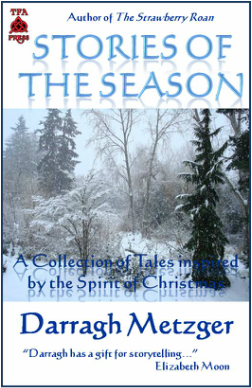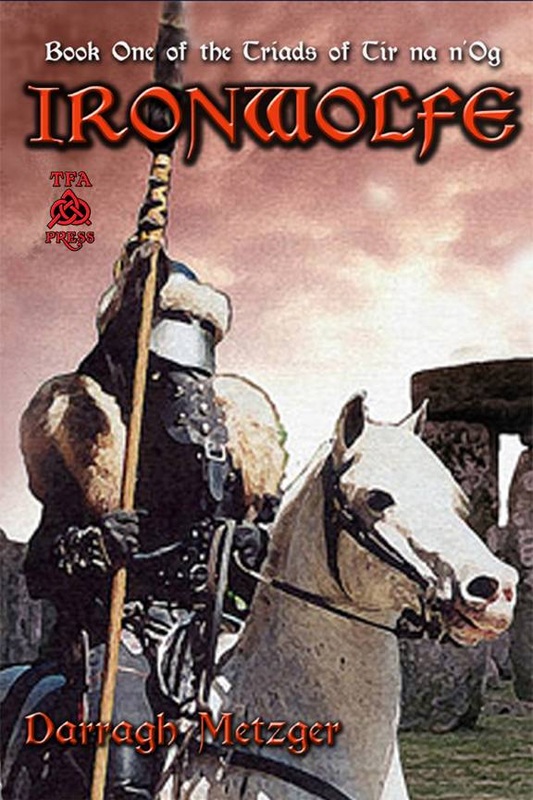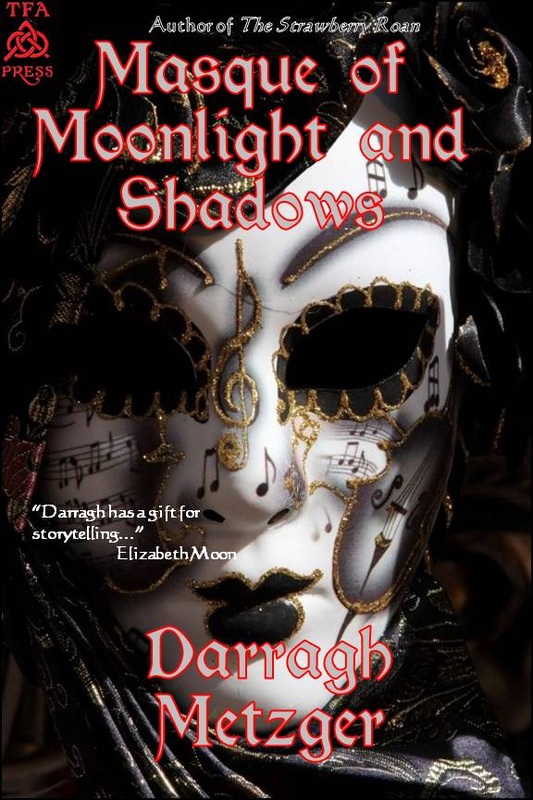I was sorry for the deaths of Keith Emerson and Greg Lake; Emerson, Lake, & Palmer made up much of the soundtrack of my teens and early twenties, and still have the power to move me. Few aside from her readers have heard of writer S.A. Bolich, but even Richard Adam's death didn't hit me as hard, because I not only loved her writing, I knew and liked her on a personal level. And then there was John Glenn....
But when Carrie Fisher died, I got smacked through a time warp. Back I went to a day in June, 1977. I'd just returned from a year spent overseas and was still catching up to real life, when my friend Pattie called. "You've gotta see this movie," she said. "It's really good; it's called 'Space Wars' or something like that."
I was then (and remain) an avid Star Trek fan, but the series had been gone for almost 10 years, and since then I'd seen enough bad SF films to last a lifetime. I was heartily sick of the disrespect with which Hollywood consistently treated SF. "Oh, really?" I said to be polite. "What's it about?"
She launched into a synopsis of the plot, which was largely incomprehensible because Pattie never remembers names or changes pronouns, so everyone ends up being "him" or "her" and you can't tell when she switches from talking about one character to another. But I do remember when she mentioned the heroine: "They rescue this princess…"
Oh, great, I thought, another helpless bimbo with big boobs in a skimpy costume for the heroes to risk their lives over for no good reason. Yeah, yeah.
Pattie must have heard me rolling my eyes over the phone. "She's not a bimbo. She's not really all that pretty," she said. "But she's got spunk."
Long story short, I went to see the movie, which turned out to be "Star Wars", a film everyone but me had heard of. The line at the cinema wrapped around the block, which was almost enough to make me turn around and go home. And the tickets cost a ridiculous 4 bucks. FOUR BUCKS! Who the hell thinks they can charge that kind of money for a damned movie? I was fuming, but since Pattie was paying, I gritted my teeth and thanked her instead of demanding to see the manager or throttling the ticket seller.
As promised, I enjoyed the film, but more the way you enjoy really good bad movies. I groaned over the cliché-laden script, the equally clichéd shots and camera angles, and giggled aloud over some of the dialog. Who were these people kidding? It had all been done before, and so much better, by other, greater, writers and film makers.
Okay, I was duly impressed by Harrison Ford, who made what could have been a by-the-numbers, 2-dimensional, plastic character real and engaging, and Peter Mayhew, who somehow managed to convey a wide range of emotions through a fur suit and full helmet mask of hair and fangs. Peter Cushing and Sir Alec Guinness were, of course, perfect, but that was a given. I wanted to buy the soundtrack album within the first 15 minutes. The fact that all the vehicles and equipment actually looked used was a nice touch.
As for Princess Leia…she needed a bra. And who came up with that hairdo? Ye gods. But at least she did, indeed, have spunk. She never once screamed, fainted, or clutched at the men in terror. In fact, she took charge and mercilessly bossed around her would-be rescuers. In the hands of another actress, Leia could have simply been annoying. But even at 19, Carrie Fisher made her complex, engaging, even downright charming. You couldn't help rooting for her, even when she acted like a total jerk. Who cared if she wasn't a great beauty? Her pixie-ish cuteness was far better for the part and the film as a whole.
By the end of the film, I'd decided it was worth another viewing, so I went back with Pattie and a few other friends the next week. And again a few days later. And so on. I kept paying that ridiculous ticket price to sit in the dark and thrill over the antics of Luke, Obi-Wan, Han, Chewie, and Leia, and get swept up in their world and struggles. I ended up going back something like a dozen times, something I almost never did (though the 1974 version of The Three Musketeers pulled me into the theater 17 times, a record no other film has matched).
I blame most of it on Carrie Fisher. Thanks, Carrie, for not being a cliché. Thanks for dragging me kicking and screaming into a world I initially scorned. Thanks for being so utterly unstudied, bright, and funny. Thanks for giving me a memory I'll cherish forever.
I'm gonna miss you, Leia.
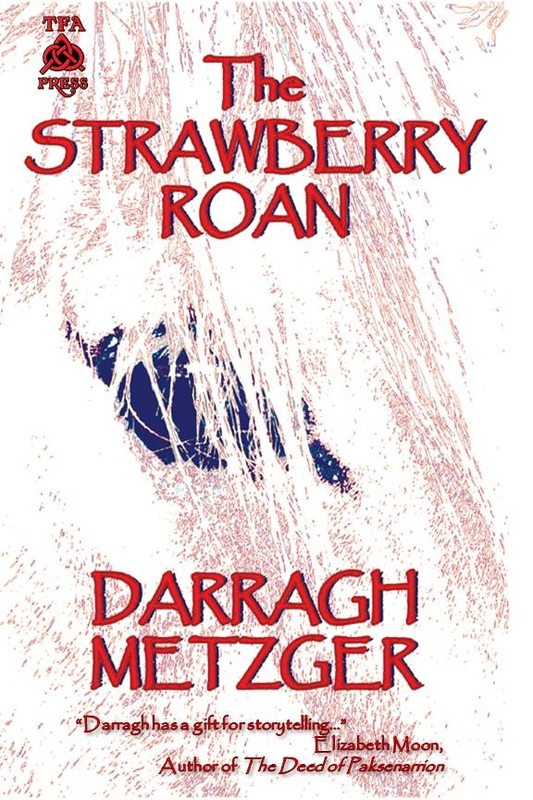
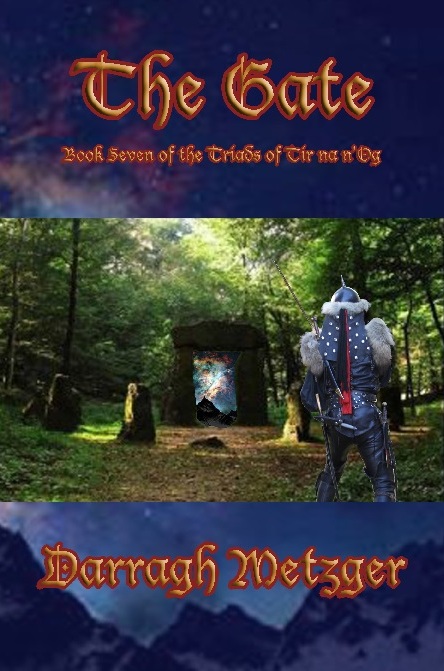
 RSS Feed
RSS Feed
